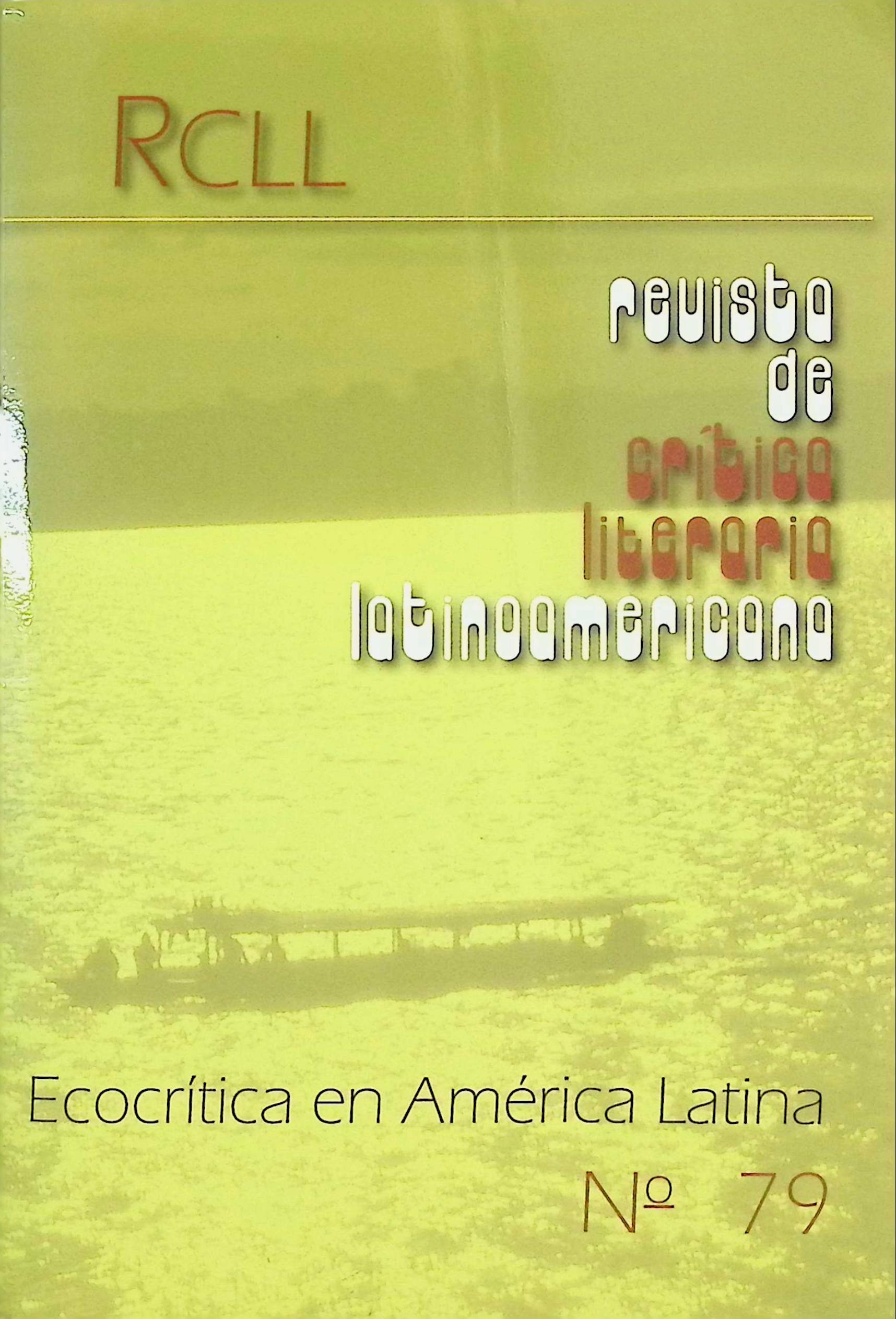Telluric Cosmopolitanisms: Garden and Modernity in Latin America
Keywords:
paisaje, jardín, Modernidad, México, BrasilAbstract
Throughout Latin America, from architecture to literature and the visual arts, the landscape has been a key expression of modernity-as-crisis, unsettling earlier traditions of deploying the landscape-form in order to forge an image of pristine American nature. Instead, twentieth-century landscape is both expression of and intervention into, the critical reconfigurations of space and place underpinning the urbanization of Latin American societies, until then predominantly rural in nature. Luis Barragán’s and Roberto Burle Marx’s garden designs offer two very different expressions of modernism in the landscape-form, as a way of emplacing the abstract space of modern architecture in American nature and culture. This paper tries to re-assess their work in the context of the landscape- form as a site and expression of the crisis of space/place constellations in twentieth-century Latin America. The biometric curve which Burle Marx’s gardens introduced into the formal vocabulary of architectural modernity, will be read here as the formal inscription in the design itself of the tensions between space and place which the latter attempts to negotiate.





